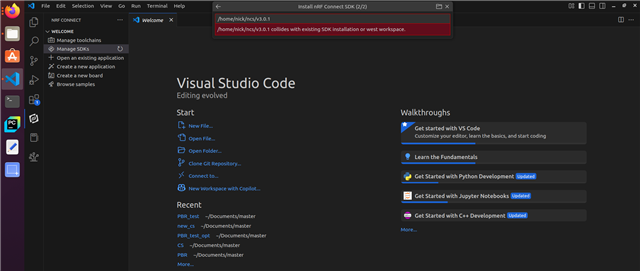Hi,
I am currently conducting measurements using channel sounding with my nRF54L15 boards. I am at the end of my master thesis, so there is not so much time left to really come with IFFT distance estimate algorithms etc., and my supervisors don't expect me to do this asswell. The outdoor performance is quite good, but I am still encountering a random error that results in overestimation (estimating a larger distance than the actual distance).
However, when measuring indoors—particularly in complex environments like halls with many reflections—the range estimates are significantly less accurate.
I noticed that adjusting parameters like the number of antenna paths (n_ap) is not straightforward, and I feel like it is difficult to modify on my own due to the limited available information. Also, since I am not required to develop specific algorithms for the data, I am unsure how much I can contribute to improving accuracy.
Initially, I hoped that using multiple frequencies would mitigate the effects of obstacles. However, it appears that reflections still have a major impact on accuracy.
Could you provide some insights into how the Channel Sounding algorithm selects the shortest path? Specifically, does it prioritize the path that reaches the device the quickest (which would ideally be the direct Line-of-Sight path), or does it select the signal with the highest RSS (Received Signal Strength)?
Any suggestions on how to enhance indoor accuracy would be greatly appreciated.
Kind regards,
Nick De Leenheer



